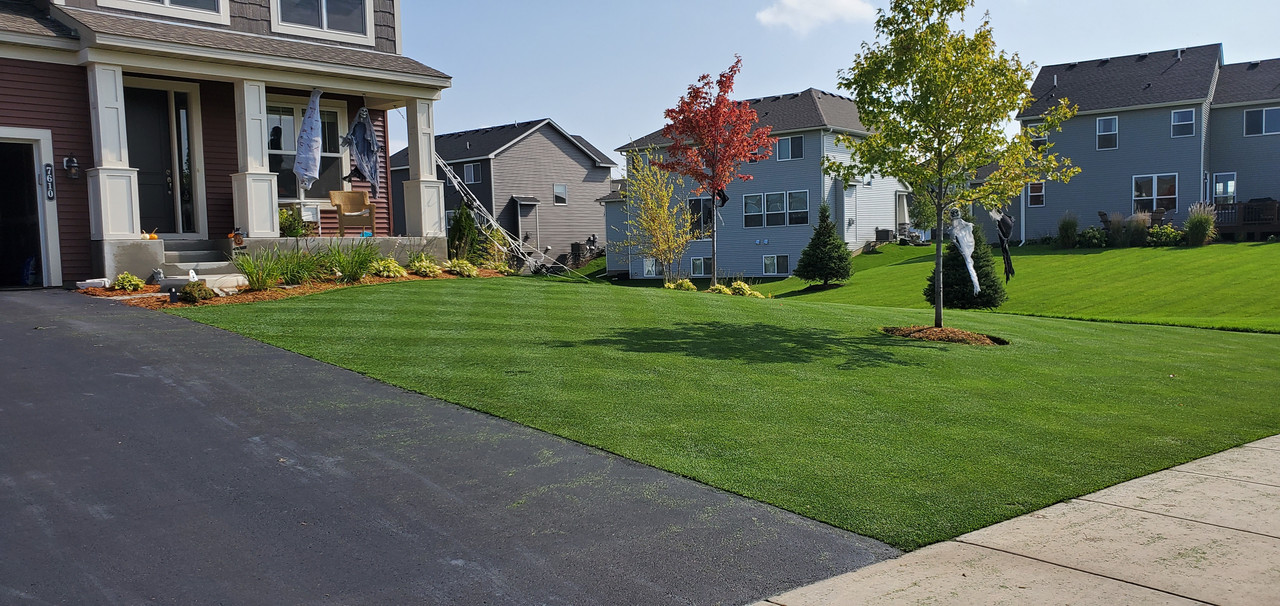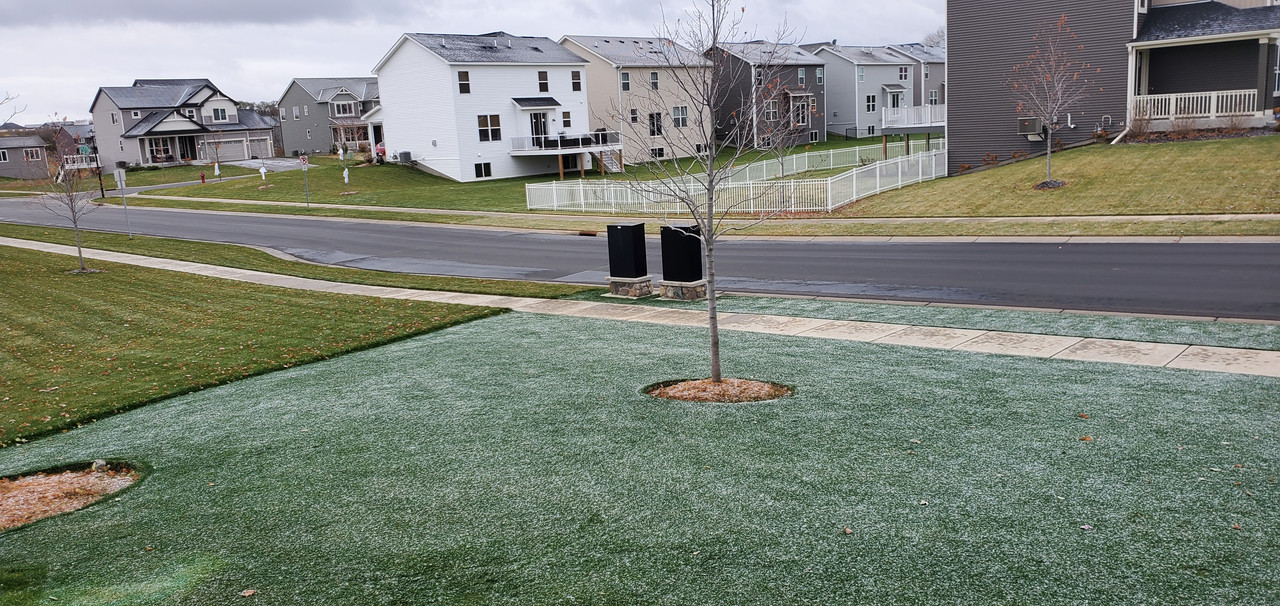A little bit of an odd question as I see a lot of people have questions on reducing their hoc prior to winter. I am in the opposite boat of that, I probably should have raised my height some. My question is, for anyone that has had their cool season grasses very short (.25"), what was the recovery like coming out of winter. My grass is pretty thick and adjusted well to the low height, but what can I expect in the spring?
I am thinking it should be fine and I will just follow the same routine I did this last spring, but just curious if anyone has experience with that. Or, if anyone knows if golf courses do anything to winterize...I get that it's probably too late do anything but just curious what to expect. Thank you!


I am thinking it should be fine and I will just follow the same routine I did this last spring, but just curious if anyone has experience with that. Or, if anyone knows if golf courses do anything to winterize...I get that it's probably too late do anything but just curious what to expect. Thank you!







